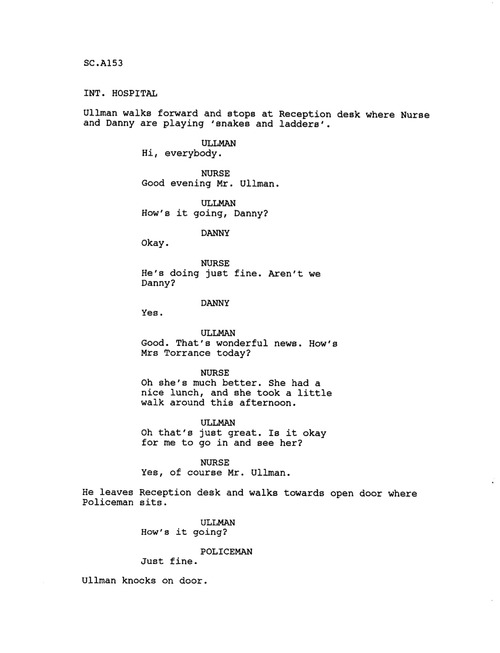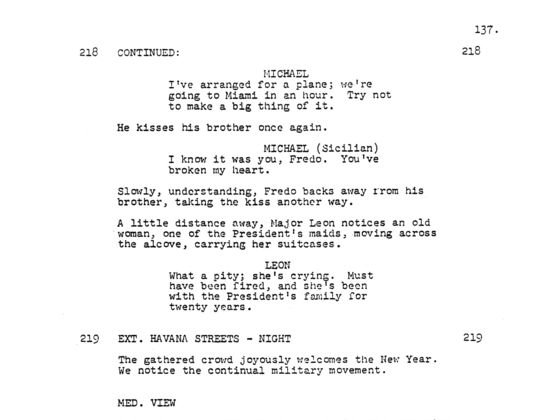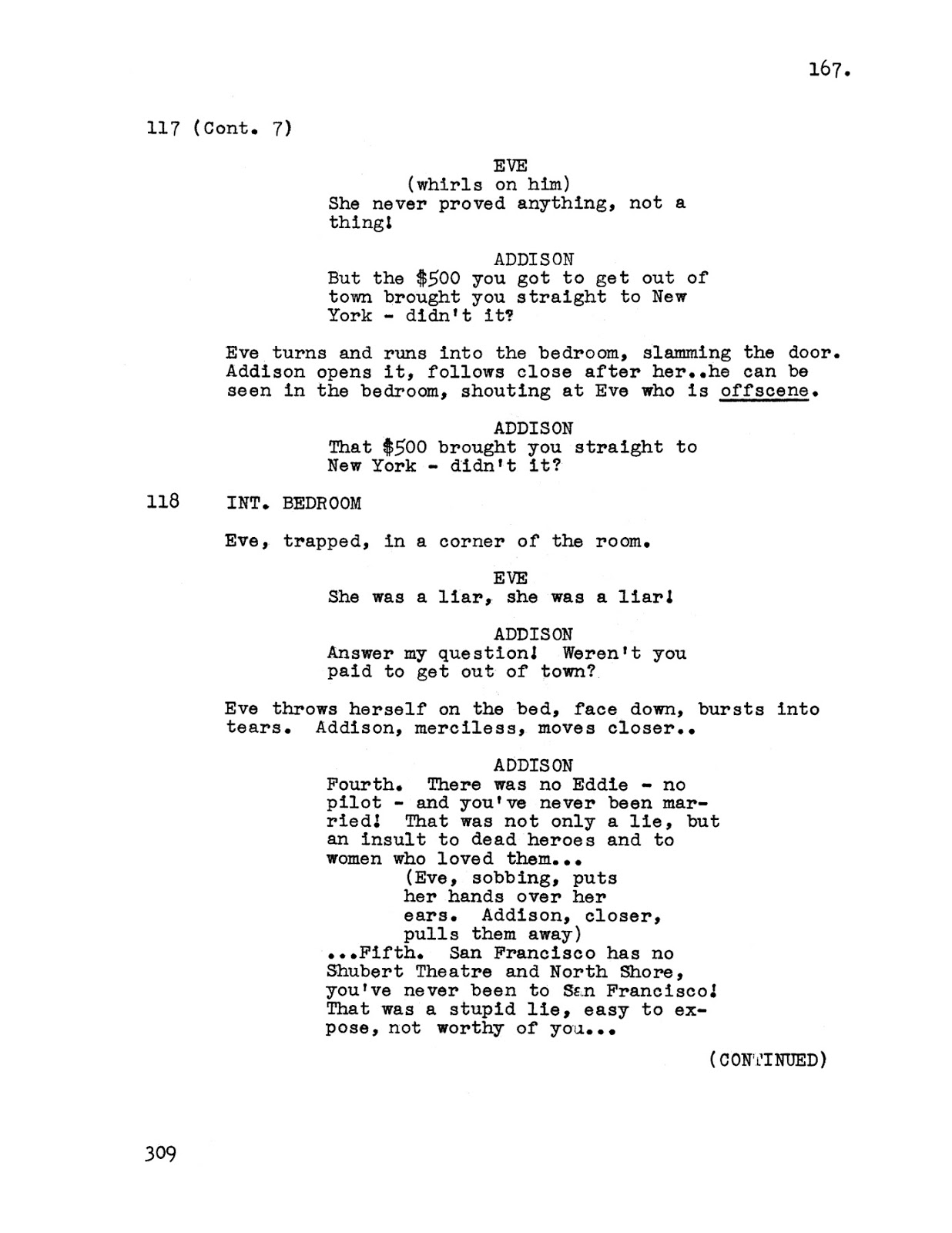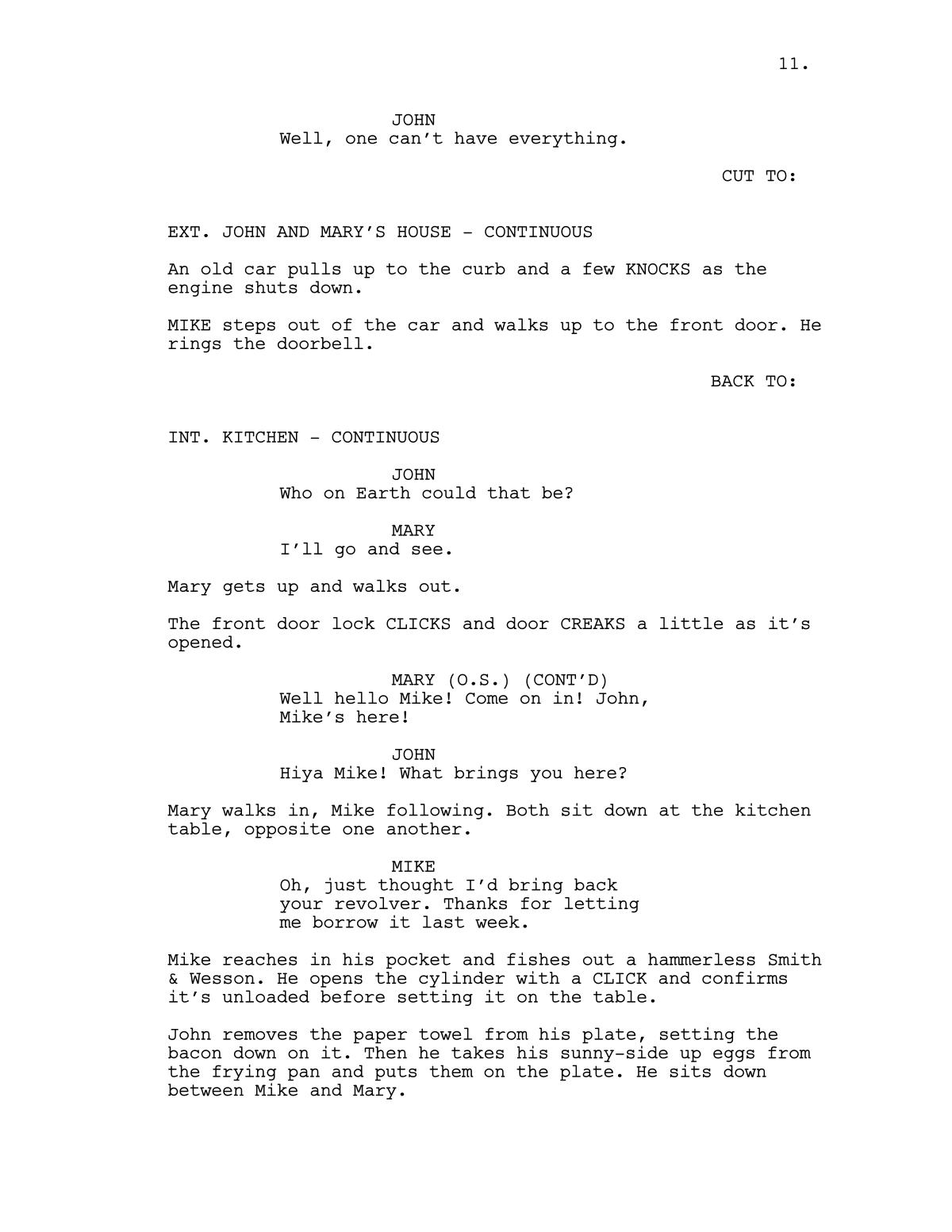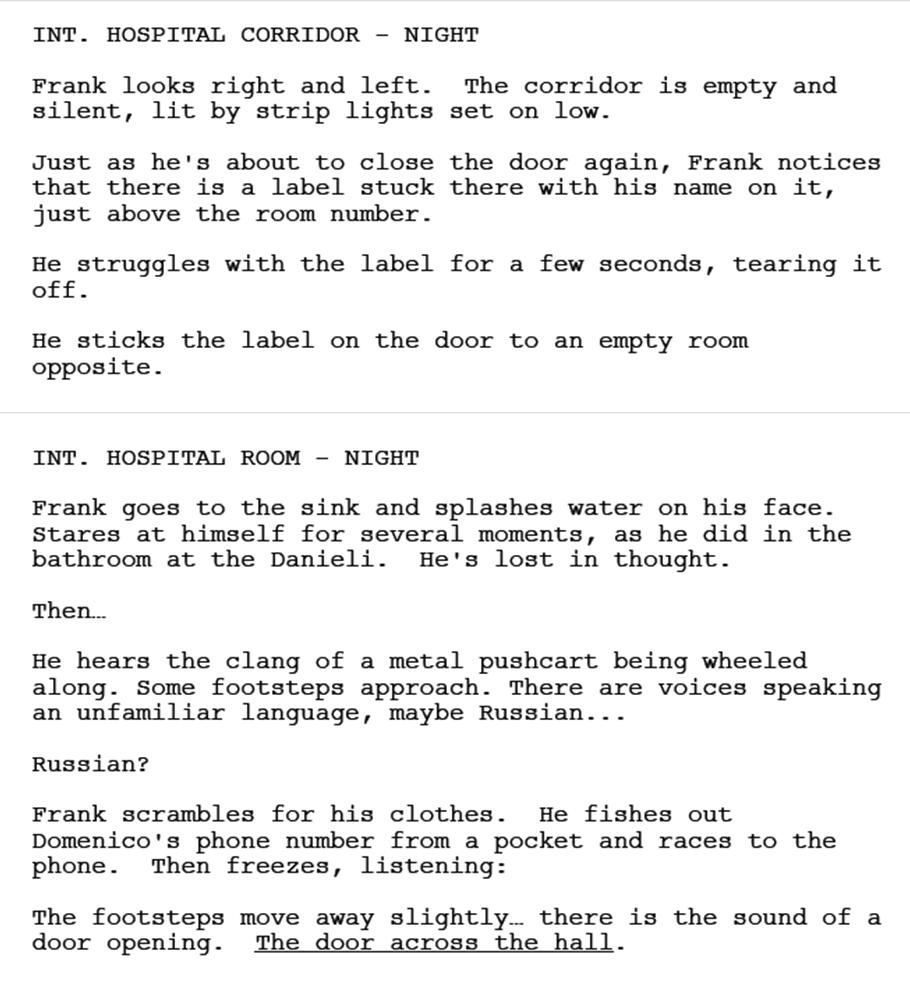How to Make An Adapted Screenplay Outline – PDF
You may have noticed that Hollywood usually has a knack on making movies out of novels, books, plays or an event that took place in reality. Most theorized that by adapting these stories in the big screen can earn the film makers an award. Most of the time this strategy works but there are times that film adaptations bombed in the silver screen. Making an adapted films can be easy on the film makers part; they usually have the approval of producers to finance their film. However, it is also a challenge since they need to acquire the rights to the material. However making adapted films are also fun. You get to make the stories you’ve read or you’ve witnessed come alive in the big screen. You may also see free outlines.
The secret of writing a good screenplay adaptation is in your writing, dear scriptwriter. Don’t just depend that the material you got is an award winning novel, or a bestseller book, or media sensation; you need to put some hard work in it. You may also see essay outlines.
Plays or novels are written in a different way compared to films. You should keep in mind that you cultivate the cinematic elements. Focus more on the visual and a aspects. You may refer to on how to write a movie screenplay to give you the basic outline in writing a film.
The Shining Script Example
The Godfather Script Example
All About Eve Script Example
If you’re set on writing an adaptation based on other works, one thing to keep in mind is sticking to the major plot points. Of course, when adapting other works there are changes to be made, but avoid making drastic changes, unless you have explained the idea on why you changed it. It also depends on what type of adaptation you want to do. It may be easier to a adapt a play since you already have dialogue and scenes to follow, but adapting a novel might be hard. You may also see speech outlines.
Imagine turning a 700-page novel into a one and a half movie? But generally, adaptation is easier in your part. You already have the plot points, characters, and story arc. Now it’s up to your creativity on how you will make your film. Basically, making a script out of an adaptation is just the same as making your own original movie. However there are a few points that differs from the two that you should remember:
1. Characters and the story line
The first thing to do is to sit down and read the novel, play or real life event and familiarize with it. The first thing to familiarize yourself with is to identify the key characters and their own story lines. Spend the time to understand each character’s motivation, characteristics, and their personalities. When you get to familiarize them, you tend to see them more as humane personalities rather than just mere works of fiction. This is important when you want your adaptation to be realistic and relatable to your audience. You may also see program outline.
2. Plot points
Since you don’t need to make a plot since it has already been provided for you, your task is to highlight the certain key plot points which are really essential to the story. In able to do this, you must make sure that you know the story by heart. The best plot point are the ones associated in each story line of the play or novel. These plot points must make sure they develop the progress of the story. Now the big question is, how do you know if it is worth of a best plot point?
What makes up the best plot points? Each plot point must be unique and powerful than the last plot. This is the secret to the effectiveness of your story, and it will maintain a fast moving, hand gripping, and exciting script. You may also see book outline examples.
The plot points you pick should be also be the ones that you think are interesting and easy to adapt on screen. That way, not only you’ve chose a plot scene that is easy to shoot, it also adds more tension or drama in your film.
The number of your plot points depend on the protagonist’s motivation. Since you are following their story, choose as many plot points as it takes to tell your story in just 120 pages. To make the burden easier, create a three act structure and group the plot points in what acts they belong.You may also see rough outline.
Secondary story lines can also be included in your film. This part can serve as another view of point that involves other characters but still connect to the key plot points. This should have a beginning, middle, and end. Make sure there are enough plot points to run these stories to make a satisfying resolution. It also helps when you separate your plot points into three acts. You may also see resume outline.
3. The voice of the film
Unlike in films, novels usually contain large amounts of thoughts and internal dialogue by the protagonist. No matter how helpful this is to the deeper understanding and connection of the characters to the audience, alas, this cannot be accurately followed in films. Remember, screenwriting is about what people can hear and see, but you want to include the internal dialogue of the characters. How do you do it? Well, there are three helpful approaches that you can adapt:
1. Do action and dialogue
One of the obvious things to do is to let the protagonist perform an action or speak a dialogue that reflects their inner thoughts or feelings. However, this should be done subtly or else your character will look ridiculous. It also helps that this action let the story move forward. You may also see entertainment news outline
2. With a little help from secondary characters
One of the fun things to do is to let your protagonist have a sidekick– or a love interest, or any type of secondary characters that is vital in the development of the characters. These type of characters helps in drawing out the inner world of the protagonist. It helps allow the protagonist to articulate or act out their desires, doubts, fears, and etc. This will help in the realistic portrayal of your protagonist. However, if this type of characterization is not part of the novel or play you are adapting, give it a thought to make up an additional character for this purpose. If you don’t want to as you’ll feel you are violating the original story, then chuck this suggestion out of the window. There are still many options on how to bring out your protagonist’s inner thoughts. You may also see tentative outline writing.
3. Try voice-over
Using a voice-over depends on how your story will go. Voice-overs are usually present when a film is chronologically narrating the story. Or it helps adding a little more information on the backstory scenes of the film. Voice-overs are usually done by the protagonists themselves. They not only narrate the story but they can also inject their own thoughts. However, this option can be a bit tricky. When used wisely, it is a best form of making your protagonist stand out. But it isn’t necessary to add the voice-over in every scenes. You may also see research paper outlines.
It’s up to you and your creativity on how you’ll bring out the inner thoughts of your characters. Choose the best option that applies nicely to your story.

4. Sticking to the original work
Now assuming that you’ve already worked out on bringing the inner world of your characters in the big screen, the next tricky step is to extract the story into the adaptation. In other words, how do you want your adaptation would be? You only have two options on this: Some might believe that staying faithful to the original work is best but at the same time some believe that it’s okay to change things around to input the screenwriter’s creativity. You may also see informal outline examples.
Truth be told, a successful adaptation is a balancing act. You can tell the story just as the same as the original work but you can also make some adjustments so it will be effective on screen. Rewriting everything from characters down to the plot will defeat the purpose of an adaptation. Your purpose is not to rewrite the entire story (and also the creator of the original work might hate you for tampering their stories). You may also see thesis outline.
Your task is to shape up the existing material for the screen. Since you already got the essentials like characters and plot for your film, do not make it more complicated by introducing new characters or plot twists that are not present in the original work (unless if it is a dire need). Once again, you are defeating the purpose of making an adaptation. You may also see APA outline examples.
Also, you should not tweak or change the whole story because it suits your preference. The last thing your audience need is their time wasted on watching an adaptation film since they thought they will see the whole story of the novel come alive in the silver screen but was disappointed to see that they were watching a different story. This will surely make your audience be alienated from the film. You may also see autobiography outline examples.
5. However there are still changes to make…
Like as mentioned before, you cannot adapt everything in the novel on the screen. You need to make some changes, in terms of cinematography or little alternatives in your film that are abstemiously necessary to convey the characters and events from the original story. You are not, however, going to make big changes, just little ones that help narrate your story. Always remember the golden rule of adaptation: stay within the spirit of the original story.
Ultimately, you should not make changes unless absolutely necessary to convey the characters and events in the source material. If you must make changes, stay within the spirit of the original story. This is the golden rule of adaptation. You may also see use a reverse outline
6. Dialogue
A good dialogue requires perfect writing and a good balance in adapting the novel’s dialogue as well. The essence of dialogue and subtext should be the same. At this point you will have to reread the novel again and again, adapting the dialogue as you go along. You may also see business plan outline examples.
In actual events, the dialogue is either unknown or forgotten. If you can, you may personally contact the people involved in the situation or those who studied it and ask them what transpired. Or you can do some research through the internet or in the library. This can be time consuming and it may use up all of your resources but it is worth the hard work. You may also see lecture outline.
However, if approaching these people are impossible, you have no choice but the invent the dialogue yourself. Made up dialogues are okay as long as it is consistent with the real life people, action, and events. It may not be truly realistic with the actual events, but it is still acceptable.
To Kill A Mockingbird
An example of one of the best adaptations is Robert Mulligan’s To Kill a Mockingbird (which received eight Academy Awards nominations) that was adapted from Harper Lee’s novel with the same name. The novel earned a Pulitzer Prize in 1960 and the film itself complemented with the novel making it as one of the beloved film adaptations of all time.
Scout Finch, and her older brother, Jem lived in a sleepy town in Maycomb, Alabama in the 1930s, were spending much of their vacation with their friend Dill and spying on their reclusive and mysterious neighbor, Boo Radley. When Atticus, played by Gregory Peck, their widowed father and a respected lawyer, defends a black man named Tom Robinson against made up rape charges, the trial events exposed the children to the evils of racism and stereotyping. When compared to the film with the novel, the film stays faithful to the main plot points of the novel, even if there were lots of events in the novel that were not present in the film. Gregory Peck, who played the main character, Atticus Finch mirrored the character’s personality in the big screen. The film encapsulated the drama and the tension present in the novel. You may also see documentary script outlines.
Now that you know the essential key points on making an adaptation, making a script out of it is just the same as making your own original film script. You can follow the example format below:
Script Format Example 1
Script Format Example 2
So now that you’ve mastered the art of adaptation, it’s time for you to go and make one. However, don’t forget that the best adaptation is a balance between staying faithful to the original work and your own creativity. You may also see news article outline examples



